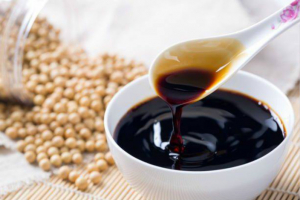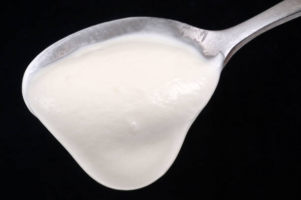Top 8 Best Fish Sauce Substitutes
Anchovies or other salted fish are fermented for up to two years to produce a fish sauce, a common ingredient. Fish sauce is most frequently used in Southeast ... read more...Asian cooking, where it adds a deep, savory, earthy, and umami taste to stir-fries, green papaya salad, pad thai, and other meals. However, you might be curious about substitutes if you don't have access to fish sauce, don't like the flavor, or eat a vegan diet. The best alternatives to fish sauce are listed below.
-
Fish sauce can be substituted with soy sauce, which is prepared from fermented soybeans, water, salt, and wheat. It is also appropriate for vegetarians. Because soy contains amino acids, soy sauce has a deep umami taste with a touch of sweetness. To add flavor, consider substituting fish sauce for soy sauce in a 1:1 ratio or combining soy sauce with additional ingredients:
- Minced anchovy. Mix 1 tablespoon (15 mL) soy sauce and 1 minced anchovy fillet.
- Rice vinegar. Use a 1-to-1 ratio of soy sauce and rice vinegar for extra freshness.
- Lime juice. Add 1/2 teaspoon of lime juice to every 1 tablespoon (15 mL) of soy sauce.
You should cut back on the additional salt you use in your recipe since soy sauce could be overly salty for some meals. By using rice vinegar or chopped anchovies, soy sauce may also be made to taste better. With these factors in mind, you may use soy sauce in the same amount that you would use fish sauce and your cuisine would still taste delicious.

Soy sauce 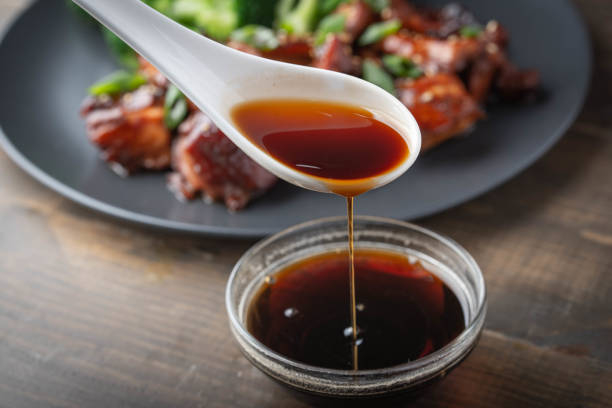
Soy sauce -
Soy sauce has a kind called tamari. It is made using different ingredients and a different processing method than standard soy sauce. These consist of salt, water, and miso paste made from soybeans. It could also contain a particular kind of brine called moromi and a particular kind of fungus called koji. It has less to no wheat than soy sauce, making it a good alternative for people who are avoiding gluten. Just make sure to check the ingredient list first.
Tamari's increased soy protein level gives it a deeper, bolder, and less salty umami taste than soy sauce. Tamari can be used in place of fish sauce at a ratio of 1:1 or you can start with a little amount and add more to taste.
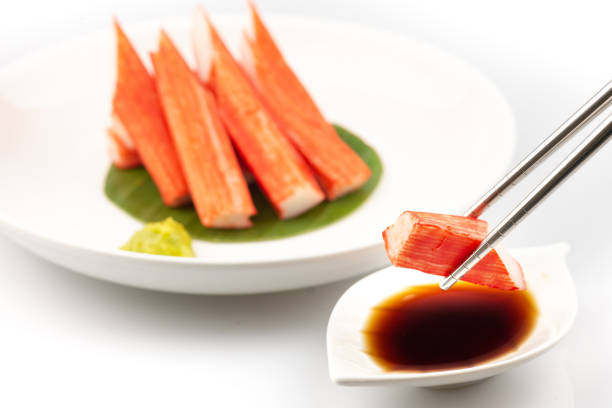
Tamari 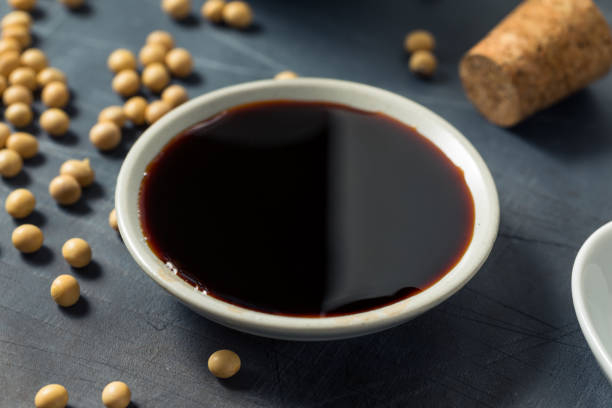
Tamari -
Due to its comparable savory flavor to fish sauce, the oyster sauce may easily be used in place of it in most stir-fry recipes. Oyster sauce is a little bit thicker, therefore it wouldn't work well in meals that call for fish sauce's delicate consistency. One choice is to dilute down oyster sauce by adding a little water.
Oyster sauce can be used in lieu of fish sauce in stir-fries, fried rice, and marinades at a ratio of 1 to 1, but be aware that the flavor will be richer. While fish sauce is free of sugar, some brands have as much as 4 grams per tablespoon (15 mL). Cheaper oyster sauce products could also include caramel color, a potentially cancer-causing chemical.
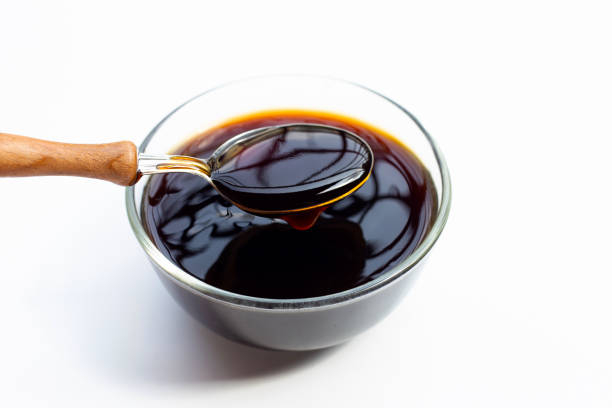
Oyster sauce 
Oyster sauce -
The name "seaweed" refers to a broad range of aquatic plants and algae. Seaweed is filling and abundant in glutamate, an amino acid with a distinctive umami flavor. Because of this, it is frequently used in broths and soups in many Korean and Japanese recipes. Nori and several varieties of kombu, such as rausu, ma, rishiri, hidaka, and naga, are seaweeds with a high glutamate content.
Choose wakame seaweed instead of kombu if you want to reduce the umami flavor because it contains less glutamate. Fish sauce can be substituted with either fresh or dried seaweed. While dried seaweed may be used in most recipes, fresh seaweed is ideal in salads, broths, and sauces. For measures, adhere to the directions on the packaging.
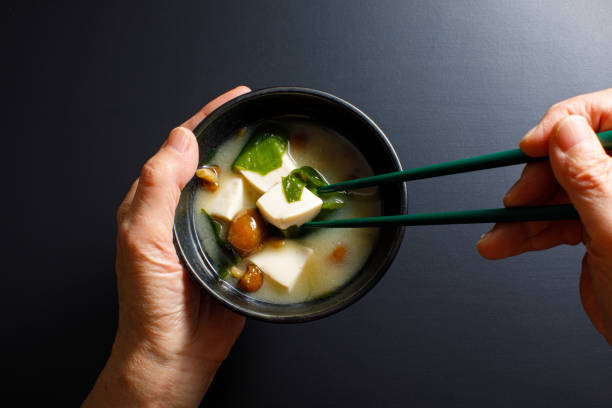
Seaweed 
Seaweed -
There are several vegan fish sauces available if you eat a vegan diet or have a fish allergy. They are commonly prepared with soy sauce, liquid aminos, and shiitake mushrooms. Liquid aminos are free amino acids that are derived from hydrolyzed soybeans or fermented coconut sap and are combined with water and salt. The amino acids responsible for the umami taste are also found in mushrooms. Online and at most well-stocked grocery stores, vegan substitutes for fish sauce may be obtained and substituted 1:1.
Vegans will be happy to learn that there is a good substitute for a traditional fish sauce that they may use to continue to enjoy their favorite meals. There are several vegan fish sauce replacements available on the market, and neither their flavor nor their color differs much from traditional fish sauce. Use a vegan alternative to fish sauce in the same proportions and kinds of recipes as you would traditional fish sauce.

Vegan fish sauce 
Vegan fish sauce -
The fermented coconut sap from which coconut aminos are made is simple to include in most meals. They are darker in color, have a stronger umami flavor, and are a little bit sweeter than soy and fish sauce. They have less salt as well. 320–600 mg of sodium are found in fish sauce per teaspoon (5 mL), but 90–130 mg are found in the same quantity of coconut aminos. In addition to being vegan, coconut aminos are devoid of soy, wheat, and gluten. In the majority of recipes, replace them with fish sauce at a 1:1 ratio.
Even though coconut aminos might not be as widely available as the others, they can nevertheless be used in place of fish sauce. Although this substitute has a darker hue than fish sauce, you will find it to be sweeter. Because coconut aminos are not as salty as fish sauce, you might need to add more salt if you decide to use them. Coconut aminos can substitute fish sauce despite these minor variations provided you use the same amount in your recipes.
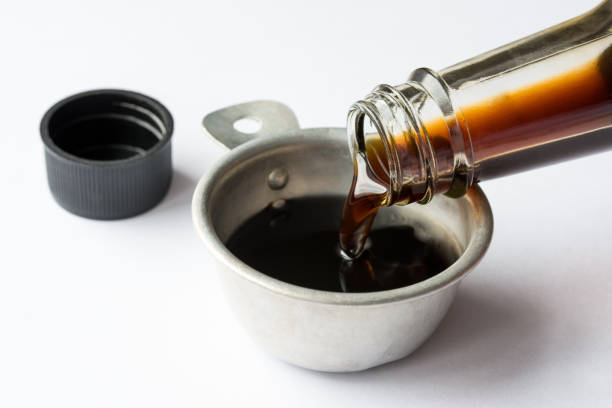
Coconut aminos 
Coconut aminos -
Due to its strong savory flavor, Worcestershire sauce is well-liked in England and the surrounding nations. It's a great substitute for fish sauce and is made of anchovies, molasses, tamarind, vinegar, cloves, onion, and other ingredients. Both sauces have a similar umami flavor since they are created with anchovies and fermented for up to 18 months. However, Worcestershire sauce has a completely distinct taste profile and has a far lower salt content of 65 mg per teaspoon (5mL).
This sauce's components may contain fish sauce in certain brands. However, Worcestershire sauce may also be highly flavorful in other ways, giving your dish a distinctive flavor. This alternative has an umami taste, so you can't go wrong using it. If you want, you may add it to any recipe that asks for fish sauce. Anchovies, tamarind, vinegar, molasses, cloves, onion, and other ingredients give Worcestershire sauce its distinctive flavor.

Worcestershire sauce 
Worcestershire sauce -
Make a flavorful mushroom and soy sauce broth if you want to substitute it for fish sauce in soups or broths. A medium saucepan should be filled with the following ingredients:
- 3–4 cups (710–940 mL) of water
- 1/4–1/2 ounce (7–14 grams) of dried, sliced shiitake mushrooms
- 3 tablespoons (45 mL) of regular or reduced-sodium soy sauce
The soup should be reduced by half after 15 minutes of simmering. After another 10 minutes of resting, pour the broth into a dish. Use it in place of fish sauce two to one. The residual broth may be frozen for many months or kept in the refrigerator for up to a week in a sealed container.

Mushroom and soy sauce broth 
Mushroom and soy sauce broth



















